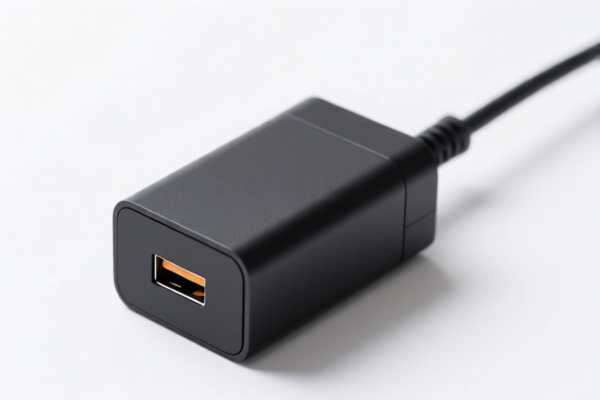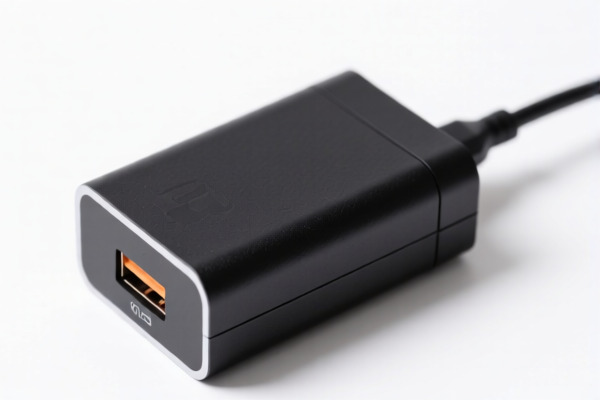| HS Code | Official Doc | Tariff Rate | Origin | Destination | Effective Date |
|---|---|---|---|---|---|
| 8536610000 | Doc | 57.7% | CN | US | 2025-05-12 |
| 8536694010 | Doc | 55.0% | CN | US | 2025-05-12 |
| 8537109170 | Doc | 57.7% | CN | US | 2025-05-12 |
| 8537109160 | Doc | 57.7% | CN | US | 2025-05-12 |
| 8535908040 | Doc | 57.7% | CN | US | 2025-05-12 |
| 8535904000 | Doc | 57.7% | CN | US | 2025-05-12 |
| 8538908180 | Doc | 58.5% | CN | US | 2025-05-12 |
| 8538906000 | Doc | 58.5% | CN | US | 2025-05-12 |
| 8548000000 | Doc | 55.0% | CN | US | 2025-05-12 |
| 3914002000 | Doc | 55.0% | CN | US | 2025-05-12 |
| 3914006000 | Doc | 58.9% | CN | US | 2025-05-12 |




Plug Adapter
A plug adapter is a device used to change the physical configuration of an electrical plug to fit a different type of electrical outlet. It facilitates the use of electrical devices in countries with differing outlet standards without requiring a voltage conversion, assuming the device's voltage is compatible with the destination country's voltage.
Material
Plug adapters are commonly constructed from:
- Plastic: Primarily used for the adapter's housing, providing insulation and structural support. Common plastics include ABS, PVC, or Polycarbonate.
- Metal: Typically brass, copper, or steel, used for the conductive pins and internal connections to ensure efficient electrical contact. Higher quality adapters may use more durable metal alloys.
Purpose
The primary purpose of a plug adapter is to enable the connection of an electrical device with a plug designed for one country’s electrical system into an outlet of a different standard. It does not convert voltage.
Function
A plug adapter functions by physically altering the shape of the plug to match the receptacle. It creates a mechanical connection between the device's plug and the outlet, allowing electricity to flow. Crucially, it maintains the original voltage and frequency of the power supply.
Usage Scenarios
- International Travel: The most common use case, allowing travelers to use their electronic devices (chargers, hair dryers, etc.) in foreign countries.
- Relocation: Individuals moving to a country with different outlet standards require plug adapters to use their existing appliances.
- Connecting Devices in Different Regions: In areas with varying outlet types within the same country, adapters can be used to connect devices across those regions.
Common Types
Plug adapters are categorized by the plug types they convert from and to. Plug types are designated by letters (A, B, C, D, E, F, G, H, I, J, K, L, M, N, O, P). Some common examples include:
- Type A to Type C: Converts North American plugs (two flat pins) to European plugs (two round pins).
- Type C to Type A: Converts European plugs to North American plugs.
- Type G to Type A/B: Converts British plugs (three rectangular pins) to North American plugs.
- Universal Adapters: These adapters include multiple receptacle options to accommodate a wide range of plug types. They often feature a sliding mechanism to select the appropriate outlet configuration.
Important Considerations
- Voltage Compatibility: A plug adapter does not convert voltage. Ensure the voltage of your device is compatible with the destination country's voltage. Using a device with an incompatible voltage can damage the device or cause a safety hazard. A voltage converter may be required in addition to a plug adapter.
- Grounding: Some plugs require grounding for safety. Ensure the adapter provides adequate grounding if required by the device.
- Quality: Low-quality adapters may not provide a secure connection or adequate insulation, posing a safety risk. Choose adapters from reputable manufacturers.
- USB Charging: Many adapters now include USB ports for charging mobile devices.
- Power Rating: Check the adapter's power rating to ensure it can handle the wattage of the device being connected.
Based on the provided information, plug adapters fall under the category of electrical apparatus for switching or protecting electrical circuits, or for making connections to or in electrical circuits. Here are the relevant HS codes:
-
8536610000: This HS code covers electrical apparatus for switching or protecting electrical circuits, or for making connections to or in electrical circuits (for example, switches, relays, fuses, surge suppressors, plugs, sockets, lamp-holders and other connectors, junction boxes), for a voltage not exceeding 1,000 V; connectors for optical fibers, optical fiber bundles or cables: Lamp-holders, plugs and sockets: Lamp-holders. This is a broad category encompassing plugs and sockets, specifically including lamp-holders.
- Chapter 85: Electrical machinery and equipment.
- Heading 8536: Electrical apparatus for switching or protecting electrical circuits, or for making connections to or in electrical circuits.
- Subheading 8536610000: Specifically for lamp-holders, plugs and sockets.
- Tax Rate: Basic tariff: 2.7%, Additional tariff: 25.0%, Additional tariff after 2025.4.2: 30.0%, Total tariff: 57.7%.
-
8536694010: This HS code covers electrical apparatus for switching or protecting electrical circuits, or for making connections to or in electrical circuits (for example, switches, relays, fuses, surge suppressors, plugs, sockets, lamp-holders and other connectors, junction boxes), for a voltage not exceeding 1,000 V; connectors for optical fibers, optical fiber bundles or cables: Lamp-holders, plugs and sockets: Other: Coaxial connectors; cylindrical multicontact connectors; rack and panel connectors; printed circuit connectors; ribbon or flat cable connectors Coaxial connectors. This covers plugs and sockets that are not lamp-holders, and includes specific connector types.
- Chapter 85: Electrical machinery and equipment.
- Heading 8536: Electrical apparatus for switching or protecting electrical circuits, or for making connections to or in electrical circuits.
- Subheading 8536694010: Specifically for other plugs and sockets, including coaxial connectors.
- Tax Rate: Basic tariff: 0.0%, Additional tariff: 25.0%, Additional tariff after 2025.4.2: 30.0%, Total tariff: 55.0%.
According to the provided reference material, the HS code options related to 'plug adapter' are limited, with only the following 2 found.
Customer Reviews
No reviews yet.